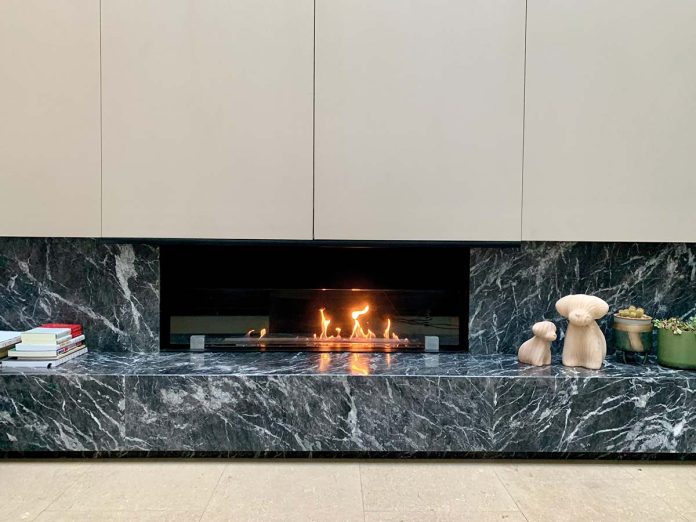What is the everyday useful object you appreciate the most, and why?
“A good project does not come from the ambition to leave a mark, the mark of the designer, but from the desire to establish even a small interchange with the unknown person who will use the object we have designed”: so wrote Achille Castiglioni to define what he believed was a proper approach to design. Not by chance, the product of his design that made him proudest was a small light switch created in 1968 with his brother Pier Giacomo and produced by VLM, a company specialized in the sector of electrical components. It was a small item produced in large numbers, purchased for its functional qualities, and no one, not even the dealers, knew who had created it. An everyday, familiar object that summed up the great master’s attitude. And it allowed him to enter the homes of everyone, becoming such a widespread presence that it belonged more to the people than to the history of design. Castiglioni was a curious person, and throughout his life he collected what he called “anonymous objects,” namely things we use day after day without knowing who designed them, though we are still attracted by their simplicity and functional quality. As well as all the emotional aspects that make the object pleasant and interesting. Even special, sometimes. Hence the question we have asked various international design studios to answer: What is the everyday useful object you appreciate the most, and why? The answers were far from expected, and they formed a tableau: that of beautiful, functional, but also poetic and timeless design. Objects that surround us in our everyday lives, things we would never want to do without. Some have famous creators, others are anonymous. The outcome is a long list of things that have always populated our daily existence, from water bottles to pencils. Some of them are able to make us dream, others are purely functional. All of them have a meaning, which in the end reflects the idea of design held by the people who answered our question. Because design, real design, always starts with basic reasoning, with the idea the creative professional wants to transmit. And perhaps, by observing these “cherished” objects with which people surround themselves on a daily basis, we will also be more capable of understanding the designer’s job. And to appreciate the results achieved. Never taking them for granted. Even an apparently simple chair does indeed contain a small piece of the soul of its creator.
Setsu & Shinobu Ito
1. The fireplace we designed with Marmo Grigio Carnico, it gives us warmth all year round together with WAN dogs (sculpture) also designed by us for Riva1929. 2. At the Salone we will be showing the TE’ table, chair and stool we have designed for Désirée.
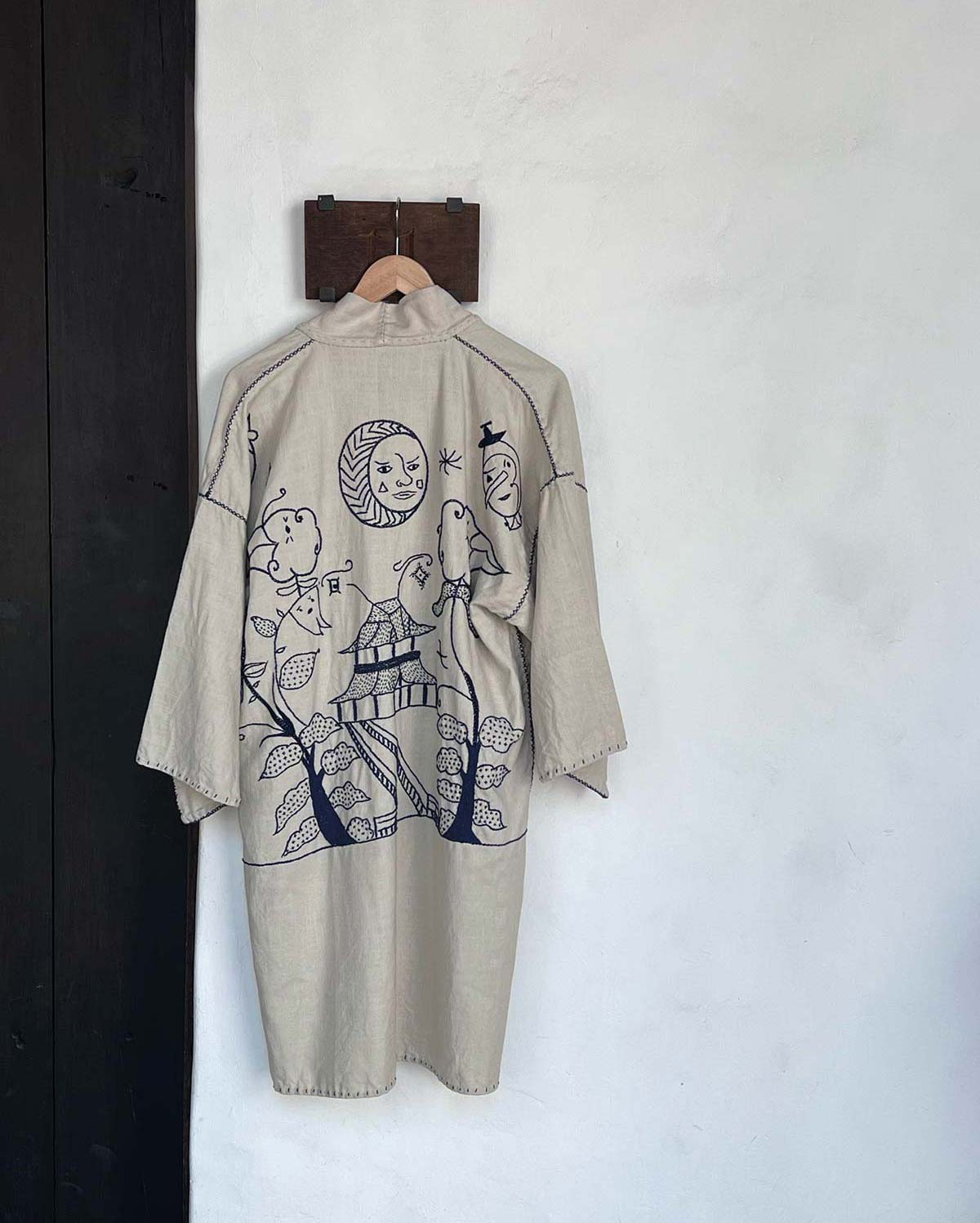
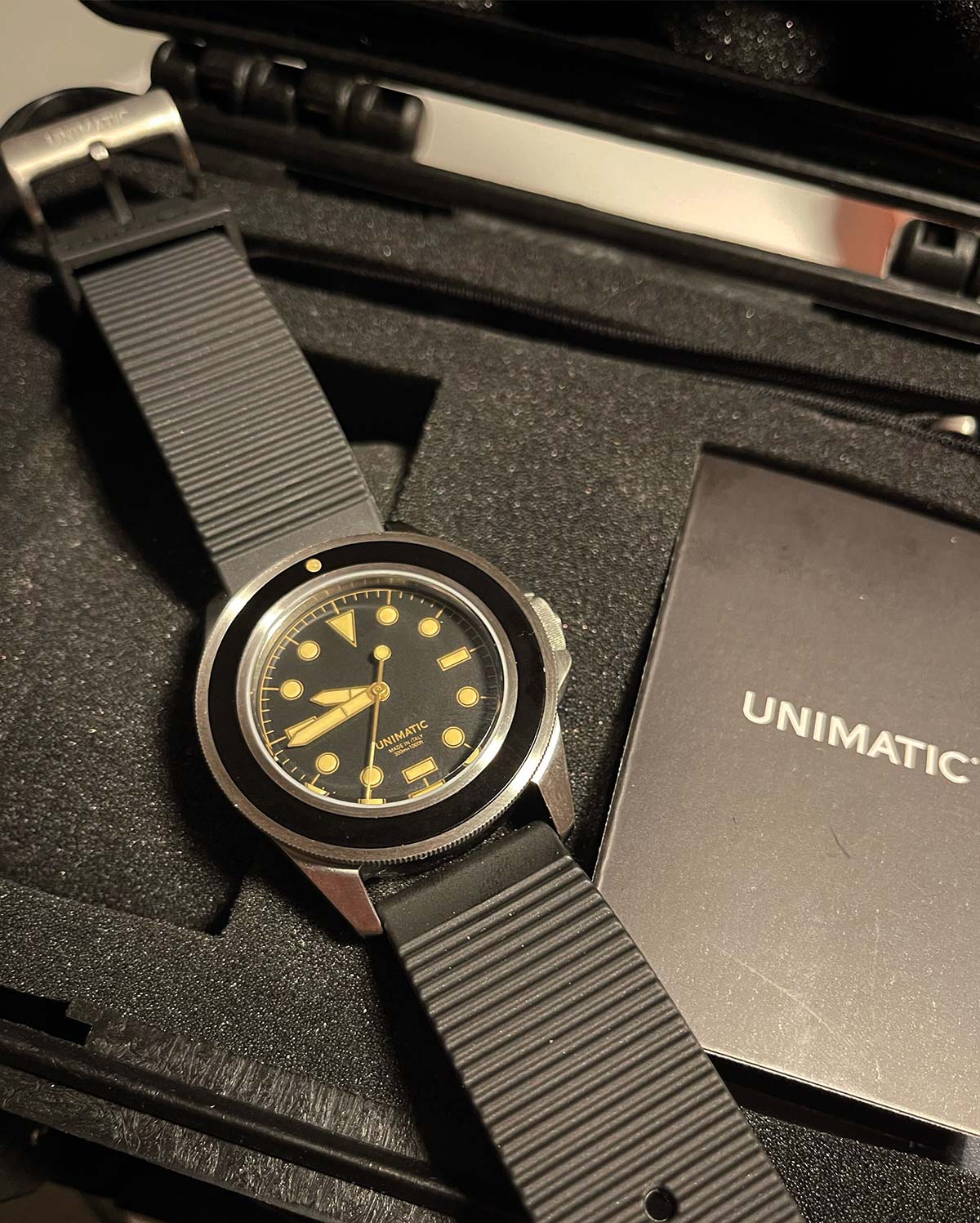
Jaime Hayon
1. Any everyday object can give me inspiration. For example I found a small sewing machine in a far away temple where I had gone on a meditation retreat. And I made a jacket that I really love! 2. I will be presenting some pieces designed for Wittmann and BD Barcelona.
Luca Nichetto
1. I can say my Unimatic watch! Ever since the company gave me this watch I have worn it constantly. It has become my everyday companion. It is sturdy and well-designed and I don’t want it to be anything other than a good watch. It is neither too big nor too small, it’s just perfect. The fact that it is made in Italy is quite unusual for a watch which makes it even more special. My encounter with Unimatic was quite spontaneous. I was in Milan to look at some prototypes for other clients after having taken part in an event in Stockholm where I had the opportunity to discover the brand and handle the products directly. I made a couple of contacts so that I could explore this young but very cool brand, I visited them at their headquarters and eventually became a proud user of their creations. 2. We are preparing an installation for Kerakoll and we are excited to announce that we will be presenting new designs for Cassina and Ethimo during Milan Design Week.
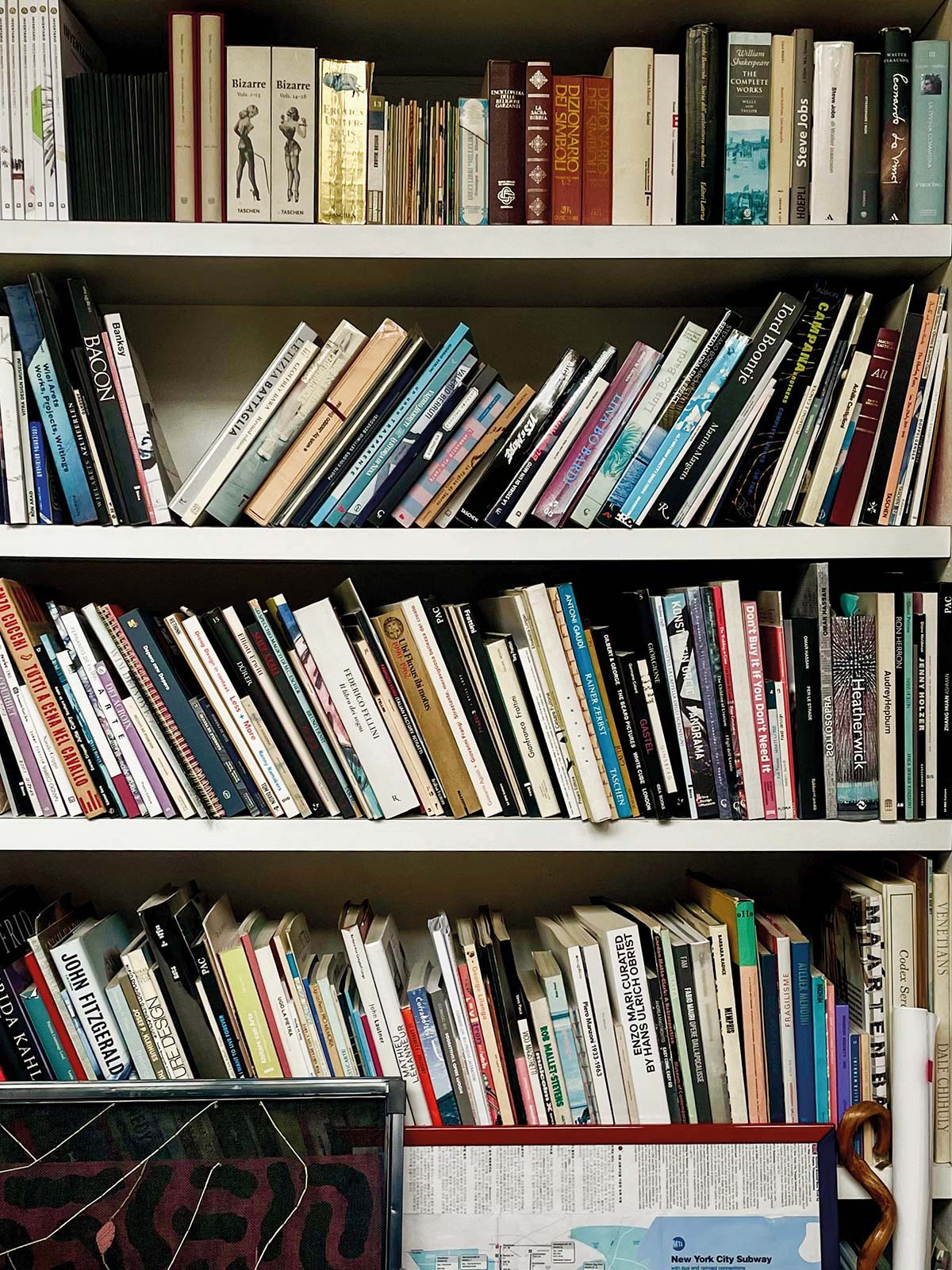
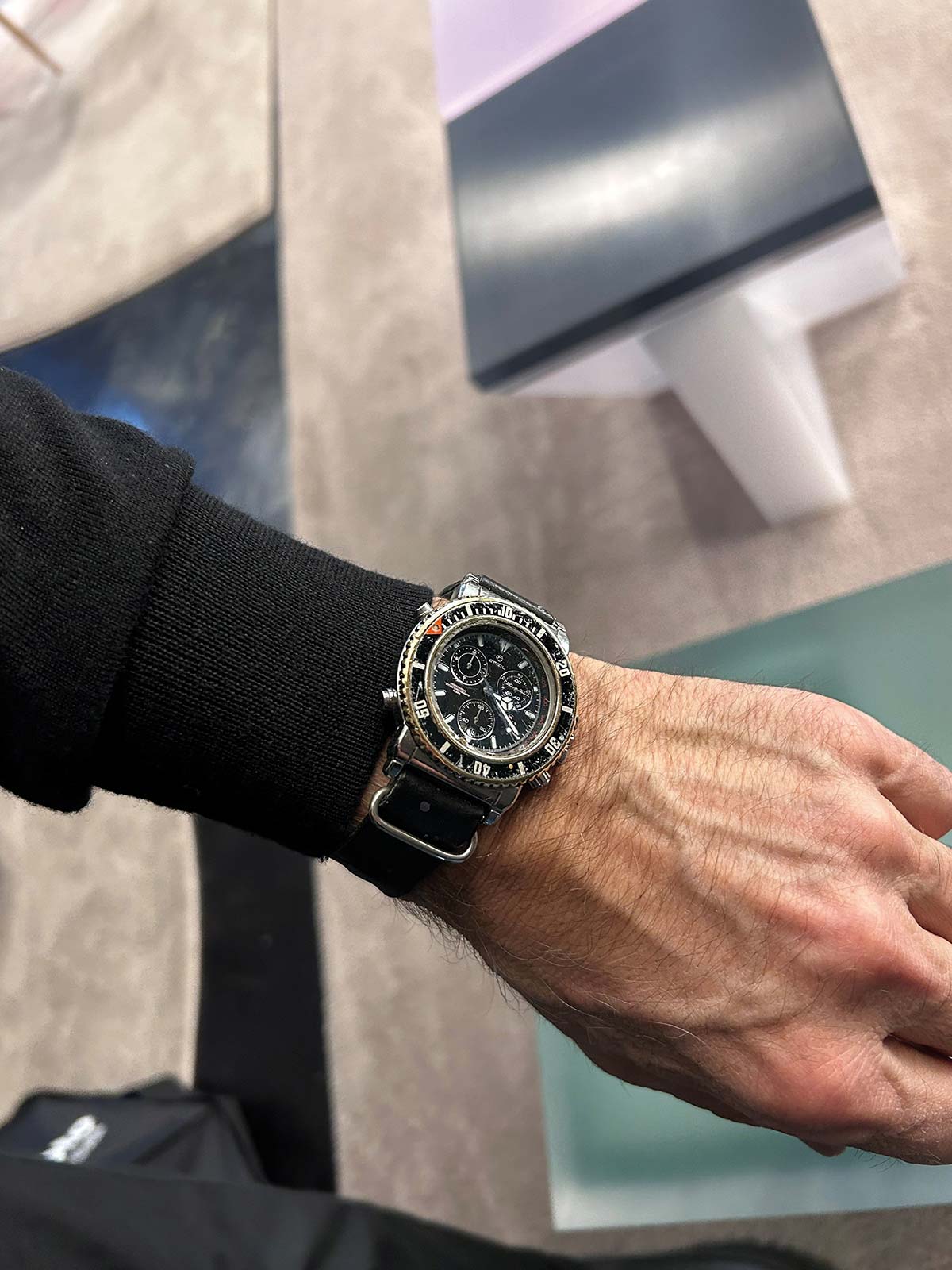
Fabio Novembre
1. At the risk of sounding annoyingly nostalgic, an everyday object that is almost invisible but with an enormous subversive charge, is that small rectangular block in paper called the “book”. In a world that is progressively dematerialised, the readers of paper books are still ⅔ of the total. That little square object is still capable of changing lives! 2. A lot as usual but I would like to mention one: recently my studio won a competition to design the Pediatrics department of the New Policlinico Hospital in Milan, in collaboration with the Fondazione G. and D. De Marchi ETS. By mutual agreement we will be presenting an installation inside the State University in Milan, previewing what we will create in the department dedicated to children and their families.
Draga & Aurel
1. Draga – The Ptolomeo bookcase by Bruno Rainaldi: here the object steps aside to make way for the element for which it was created: the book. Aurel – My Breil watch, I have worn it on my wrist everyday for thirty years, it is the first gift I received from Draga. It marks the passing of time and I think in some ways it has recorded the passing of MY time, with the damage and deterioration of the surface. 2. At the Rossana Orlandi Gallery there will be a project created with Giuliano dell’Uva; at the Nilufar Gallery in via della Spiga, we have curated an exhibition. At Visionnair we have created the exhibition itinerary of the Wunderkammer. There will also be new and important collaborations such as the one with Poltrona Frau, with whom we will be unveiling a modular sofa, and with Giorgetti.

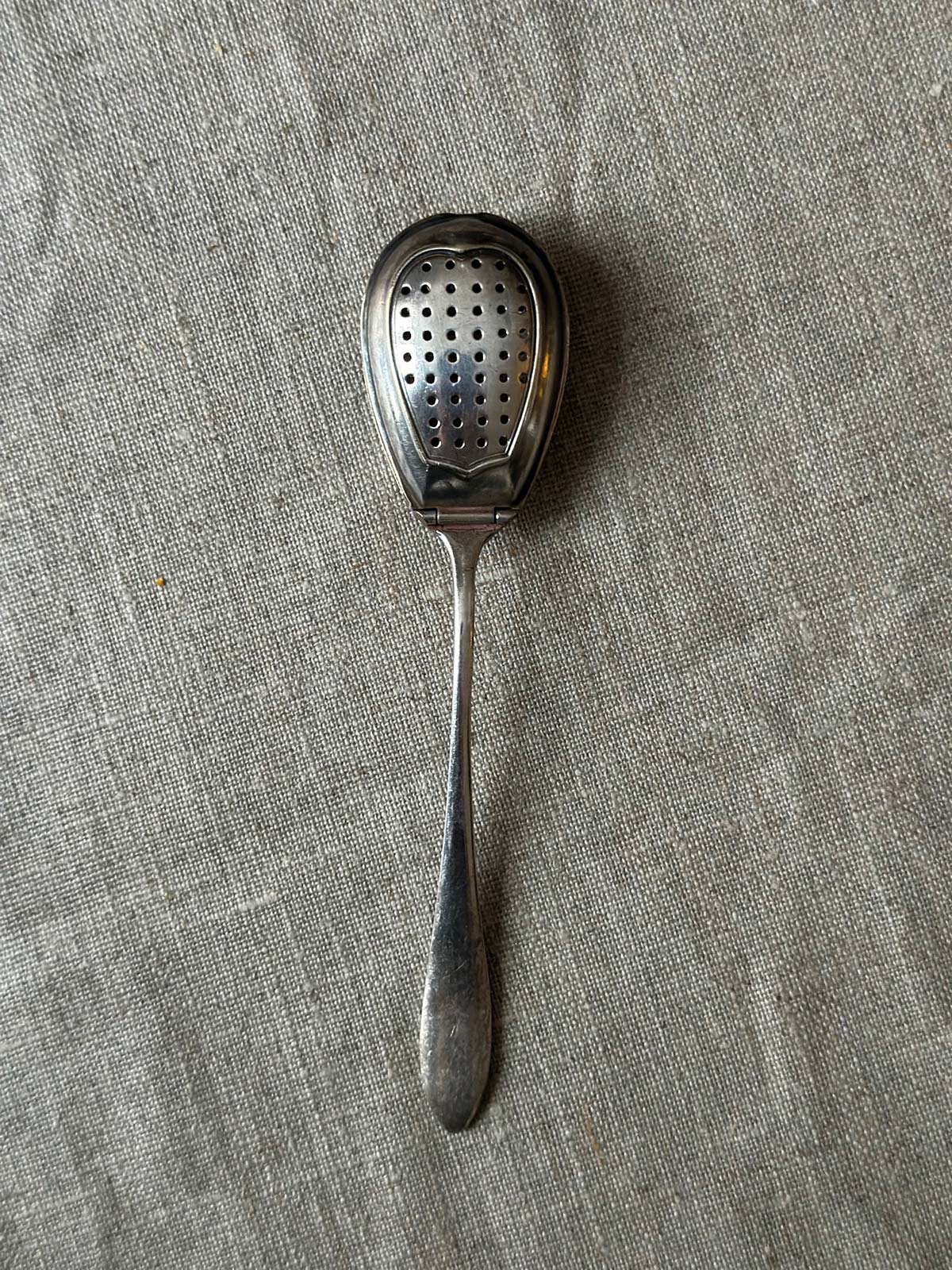
Gabriel Tan
1. I travel a lot for work so a good suitcase is essential. Muji’s minimalist approach has been translated into a clean, streamlined design that prioritises what matters: luggage for efficient, effortless travel. I have been using my Muji Hard Shell suitcase for over ten years and although it has a few scratches it is still in good condition and still moves very well. I recently made a short trip to Tokyo. Thanks to its capacity, the suitcase allowed me to take everything I needed with me, from essential work documents to several changes of clothing for exploring the city and have enough space for a few Japanese snacks to take back home. I can fit everything I need without feeling weighed down. The lightweight polycarbonate shell and swivel wheels make manoeuvring it through crowded airports and train stations child’s play. As well as functionality, there is a certain beauty in the pared-down aesthetics of Muji. The clean lines and simple design exude a timeless quality. The Muji Hard Shell suitcase emphasises functionality without sacrificing aesthetics. This is a philosophy that I pursue in my work as a designer, to create objects that are useful, beautiful and enhance user experience. 2. The Luva sofa and Cyclade tables for Herman Miller and the Chester coat stand for Schönbuch will be presented at the Salone this year.
Federico Peri
1. A teaspoon dating back to the early 20th century. I find this object extraordinarily intelligent, functional and at the same time pleasing. This spoon has a rounded, perforated head that has been designed to hold the tea while it steeps in the cup. I often use it at breakfast or after dinner. 2. For Baxter I will be presenting a family of containers, the evolution of a range of wave lighting, wall mirrors and a multi-functional piece of furniture that will be called “weekend”. For the Nilufar gallery, the Butler chair; a sofa for Bentley home and accessories for Marta Sala Edition. Finally, in via Palermo 11, there will be my installation for Carpanese Home. I will also be taking part in the initiative in piazza San Fedele: Second life: 10 trees for 10 designer totems.

